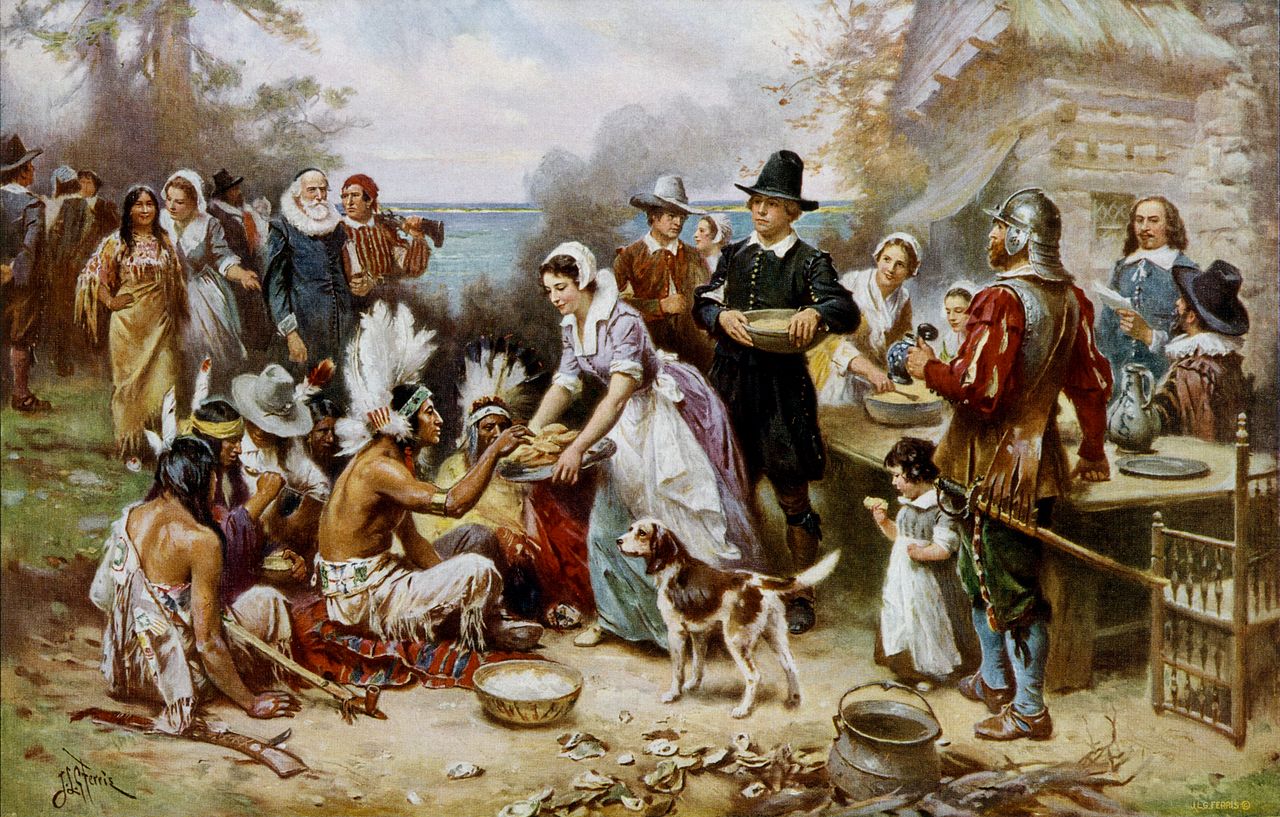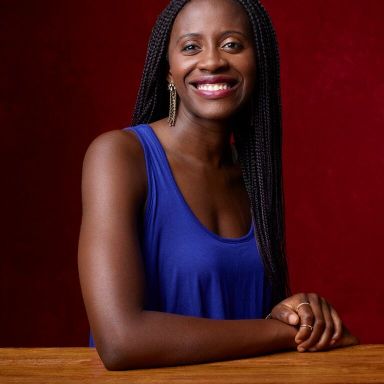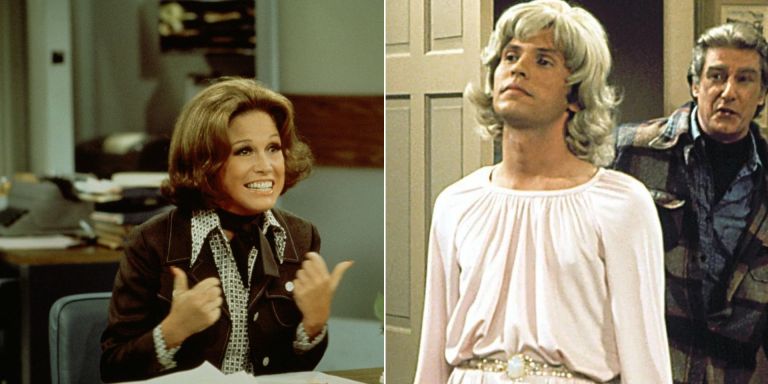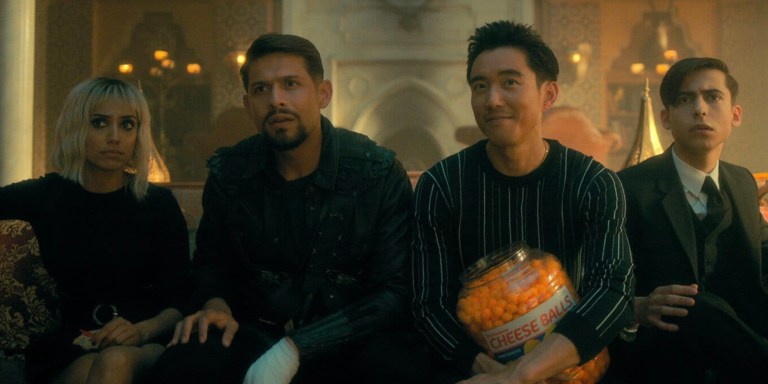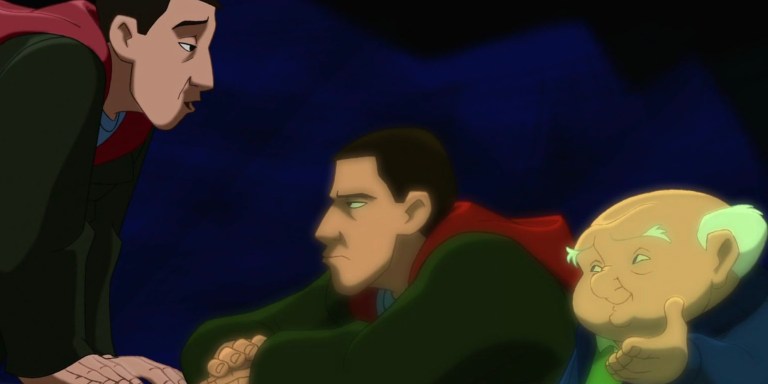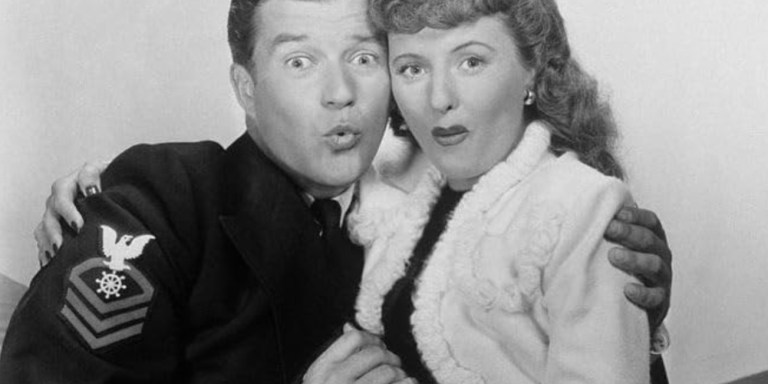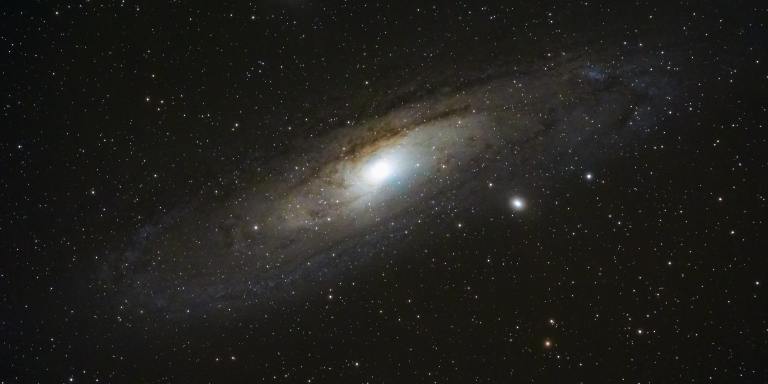History, they say, is written by the victors. And in the context of history, it seems that it is also true that if you repeat a lie enough, people will come to believe it, and so will you. That last notion is sometimes attributed to Joseph Goebbels, the mastermind of propaganda in Hitler’s Germany.
The godfather of multiculturalism, Stuart Hall, often discussed the necessity of history creation and mythological “buy in” for the purposes of identity creation. For a nation to survive, people have to believe in the myths and ideas that are passed on as the founding of who they are, as a people who perceive themselves and are perceived by others as uniquely different.
As for the Thanksgiving story, like any other national tradition, it is filled with myths and legends that construct its cultural significance and romanticize its historical understanding of our present celebrations. The purpose of knowing the facts of Thanksgiving Day are not to take away from its now transformative observance as a day of gratitude and sharing with loved ones; the purpose, rather, is to know that there exists in each cultural celebration a historical basis that we ought to confront.
Why? Because of truth, and for the sake of knowledge itself. But also for understanding the formation and evolvement of culture and traditions and making better choices about how to and when to acknowledge the sins of those who came before us, our own sins, and what that means in the dynamicity of tradition.
So indeed a happy thanksgiving to you if you celebrate, but also indulge in an acknowledgement and review of the facts of the history of the holiday celebrated on the last Thursday of November in the United States.
1. We don’t actually know when the First Thanksgiving began. The narrative of the “feast” between the Native Americans and the Pilgrims has some basis but not enough to disqualify other possibilities. An account written by one Edward Winslow discusses a harvest which was good, and that the Native Americans would join and feast in said harvest in December, 1621. Another First Thanksgiving claim is that an Irish ship saved starving Pilgrims in the harsh February winter of 1621. Some sources cite a Puritan holiday in 1631 as the beginning of the first celebration. The point? There were probably a whole lot of “thanksgiving” celebrations initially (which I might add is still done in many countries and cultures throughout the world).
2. The idea of an intercultural bond of friendship between Native Americans and Pilgrims is highly unlikely. As one writer put it, the two groups may have been brought together by mutual necessity, but not friendship. In any case, in 1637, the governor of Massachusetts, John Winthrop, celebrated thanksgiving because of the “successful” slaughter of a Pequot village that included men, women, and children. This genocidal practice would continue thereafter and “thanksgiving days” would be celebrated following the massacres.
3. During the American Revolution, days were set aside to give thanks for victories against the British. In December of 1777, two months after the British had surrendered in Saratoga, New York, General George Washington declared a day of national thanksgiving. Upon the resolution of Congress, the settling of colonies, and the creation of the Constitution, in 1789, President George Washington issued a proclamation that Thursday November 26 of the same year, would be a day of “public thanksgiving and prayer” for the newly founded United States of America.
4. During the civil war, President Abraham Lincoln issued a proclamation on October 3rd, 1863 that the last Thursday of November would be a national day of thanks. However, the title “mother of Thanksgiving” in American history is often designated to one Sarah Josepha Hale. Hale was a an influential writer and editor, known widely for the nursery rhyme, “Mary Had a Little Lamb.” Hale had campaigned heavily for a recognized national thanksgiving day prior to Lincoln’s proclamation of the holiday, which has been in celebration ever since by tradition (and later, by law).
5. In 1939, President Franklin D. Roosevelt moved the Thanksgiving holiday a week earlier in order to boost retail sales during the Great Depression when retailers expressed concern. This was met with fervent opposition by Roosevelt’s opponents – mostly Republican. From 1939 – 1941, Americans would celebrate two Thanksgivings: Republicans on the traditional last Thursday, and New Dealers, a week earlier. In December 1941, a joint resolution in Congress resulted in an official designation of Thanksgiving on the fourth Thursday of November. But that two-year period of FDR’s change will always be known as Franksgiving in history.
6. In 1970, Frank James, a leader of the Wampanoag nation was banned from giving a speech in Plymouth, Massachusetts. The speech would portray the Pilgrims unfavorably. To protest, a National Day of Mourning was organized by Native Americans of New England on the fourth Thursday of November, coinciding with Thanksgiving Day. The protests continue to the present day alongside Unthanksgiving Day. The purpose of these resistance holidays is to honor indigenous peoples and recognize their survival in a national history that saw much genocide inflicted on their peoples, sometimes in the name of “thanksgiving.”
7. Dr. Arthur C. Parker (April 5, 1881 – January 1, 1955), who was of the Seneca nation, as well as of English and Scottish descent, was an early proponent of an “American Indian Day” in the early 1900s. Because of him, the Boys Scouts of America recognized that day for three years. But the first “American Indian Day” in a state was recognized by the governor of New York in 1916. Subsequently, several states would have different designations for Native American Days of commemoration, including in lieu of “Columbus Day.” In 1990, President H.W. Bush declared the month of November, Native American Heritage Month. And on the Friday following Thanksgiving Thursday, Native American Heritage Day is often celebrated. ![]()
